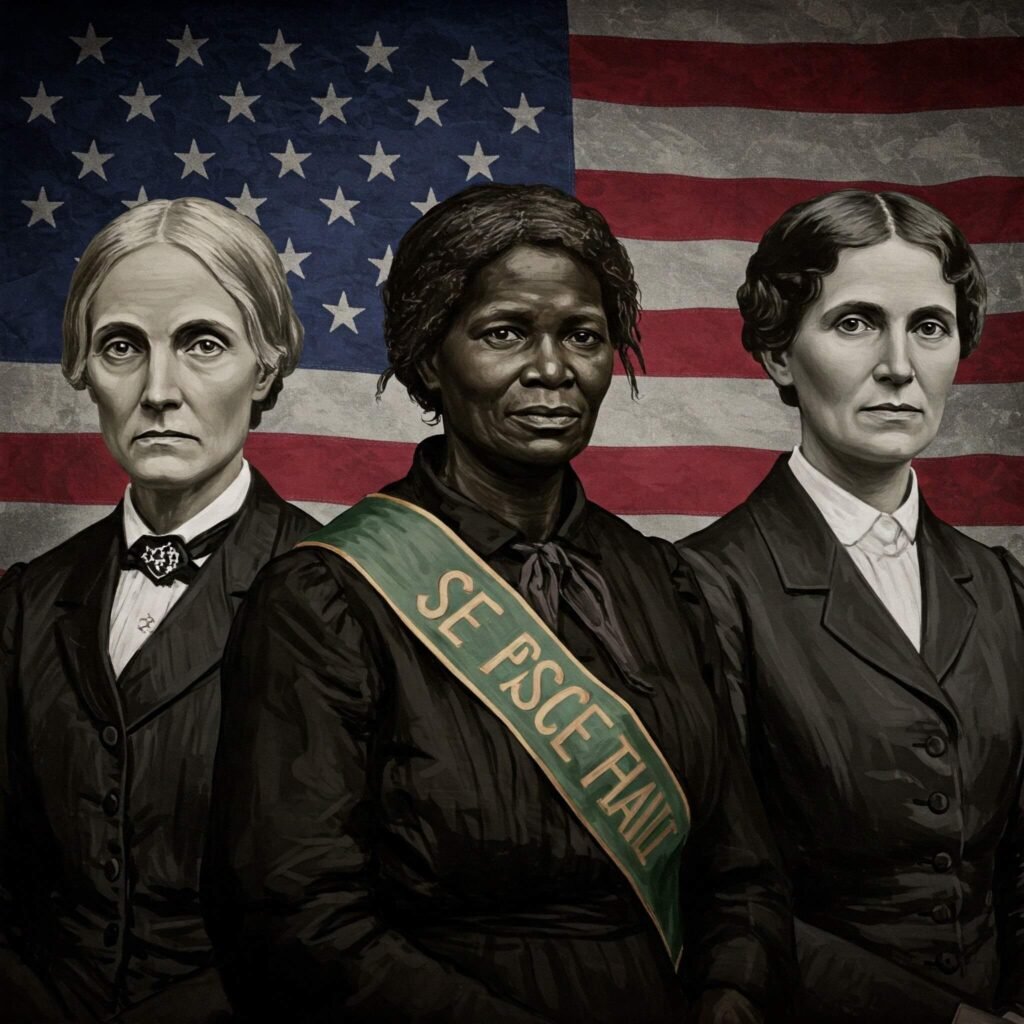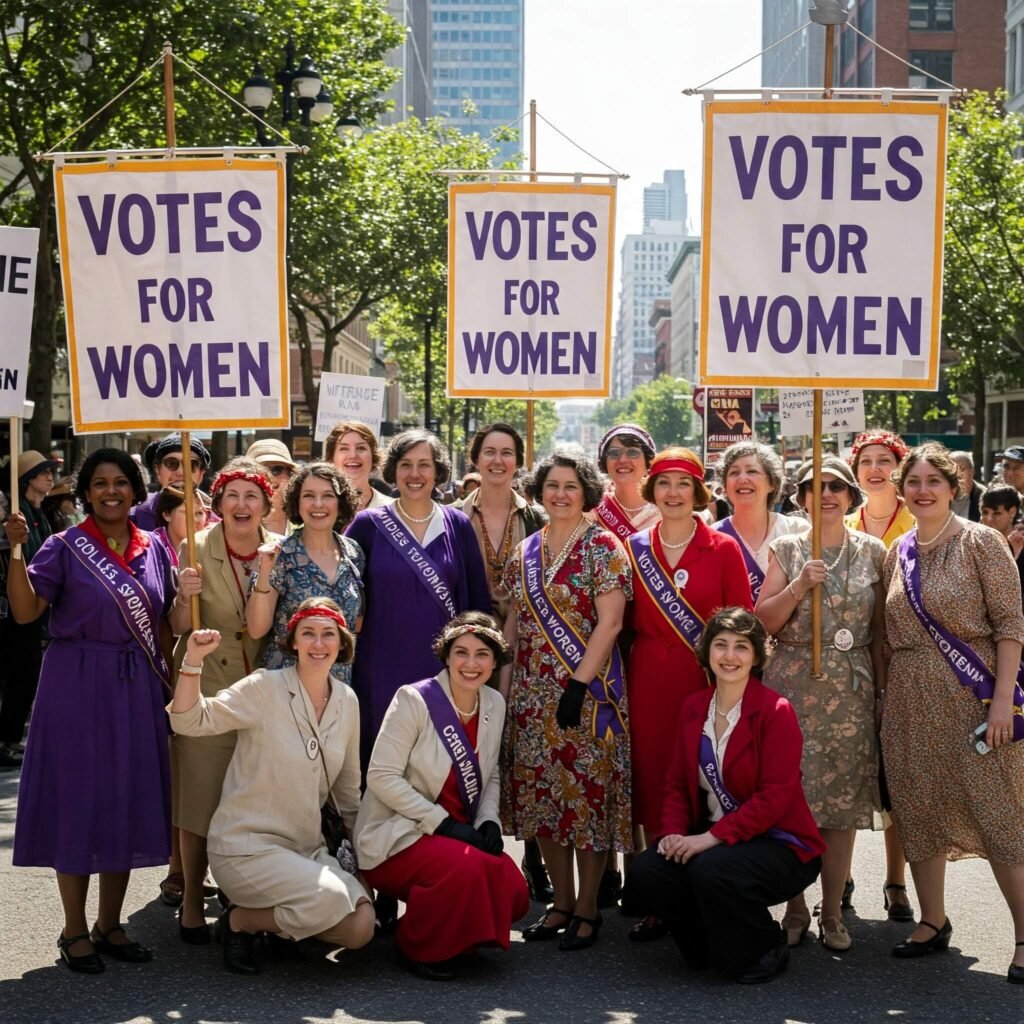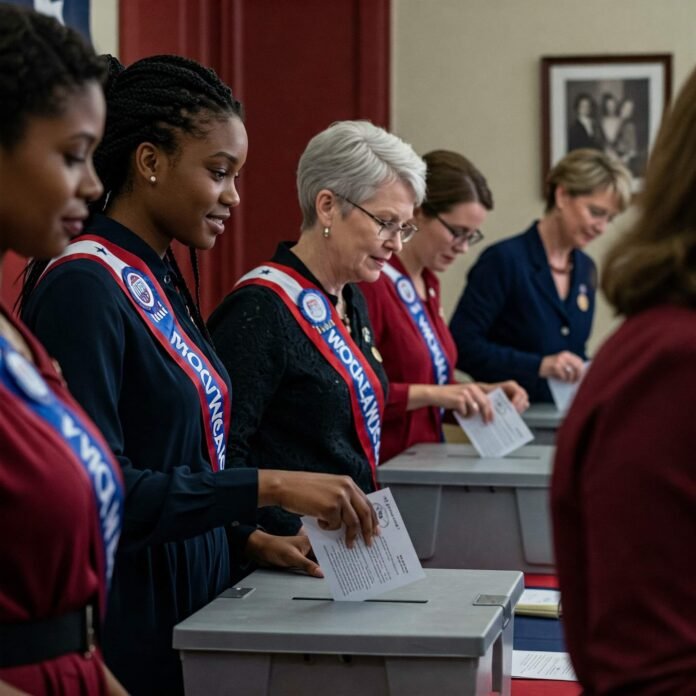Women’s voting rights in America represent a hard-fought victory, marked by decades of activism, sacrifice, and resilience. This blog dives into the history of women’s suffrage, tracing its roots from the early 19th century to the passage of the 19th Amendment and beyond. Through engaging storytelling and data-driven insights, we’ll uncover the milestones, key figures, and ongoing challenges in the fight for women’s equality at the ballot box.
The Birth of the Women’s Suffrage Movement
The journey for women’s voting rights began in earnest with the Seneca Falls Convention of 1848, the first women’s rights convention in the United States. Organized by Elizabeth Cady Stanton and Lucretia Mott, this historic event sparked a movement that would reshape American democracy.
Key Milestones of Seneca Falls
- Declaration of Sentiments: Modeled after the Declaration of Independence, this document demanded equal rights, including the right to vote.
- Public Reaction: Initially met with ridicule, the convention laid the groundwork for future activism.
- Lasting Impact: Seneca Falls inspired generations of women to advocate for their voting rights.
The convention was a bold step, but progress was slow. Women faced societal resistance, with many arguing that voting was a “male privilege.” Despite these challenges, the suffrage movement gained momentum.

Pioneers of Women’s Voting Rights
The suffrage movement owed much to trailblazers like Susan B. Anthony, Sojourner Truth, and Alice Paul, whose tireless efforts kept the fight for women’s voting rights alive.
Susan B. Anthony’s Legacy
- Arrest for Voting: In 1872, Anthony was arrested for illegally voting in a presidential election, bringing national attention to the cause.
- National Woman Suffrage Association: Co-founded with Stanton, this organization lobbied for a constitutional amendment.
Sojourner Truth’s Voice
- Intersectionality: As a Black woman, Truth highlighted the unique struggles of African American women in the suffrage movement.
- Famous Speech: Her “Ain’t I a Woman?” speech challenged racial and gender stereotypes.
Alice Paul’s Radical Approach
- Silent Sentinels: Paul organized protests outside the White House, enduring arrests and hunger strikes.
- 19th Amendment Advocacy: Her strategies pressured Congress to act.
Outbound link: League of Women Voters
These women, among others, transformed the fight for women’s voting rights into a national movement. Their courage inspired millions.

The 19th Amendment: A Turning Point for Women’s Voting Rights
On August 18, 1920, the 19th Amendment was ratified, granting women the right to vote. This victory was the culmination of decades of activism, but it wasn’t without flaws.
What the 19th Amendment Achieved
- Legal Voting Rights: Women across the U.S. could now participate in elections.
- Cultural Shift: The amendment challenged traditional gender roles, paving the way for further equality.
Limitations of the Victory
- Racial Barriers: Black women, Native American women, and others still faced voter suppression through Jim Crow laws and other tactics.
- State Resistance: Some states delayed implementation, creating uneven access.
The 19th Amendment was a monumental step, but the fight for universal women’s voting rights continued.

The Ongoing Fight for Women’s Voting Rights
While the 19th Amendment marked a historic win, the struggle for equitable voting access persists. Modern challenges include voter ID laws, felony disenfranchisement, and efforts to limit early voting.
Outbound link: Brennan Center for Justice
Key Developments Post-1920
- Voting Rights Act of 1965: This legislation addressed racial discrimination in voting, benefiting many women of color.
- Recent Challenges: According to the Brennan Center for Justice, restrictive voting laws have surged since 2020, disproportionately affecting women and minorities.
Actionable Takeaways
- Stay Informed: Follow organizations like the League of Women Voters for updates on voting rights.
- Advocate Locally: Support policies that expand access to the ballot box.
- Vote!: Honor the legacy of suffragists by exercising your right.
The history of women’s voting rights reminds us that democracy is a work in progress. Every vote counts in shaping a more equitable future.
Why the History of Women’s Voting Rights Matters Today
Understanding the history of women’s voting rights isn’t just about looking back—it’s about moving forward. The suffrage movement teaches us the power of persistence, coalition-building, and civic engagement. By learning from the past, we can address modern challenges and ensure that every woman’s voice is heard.




































